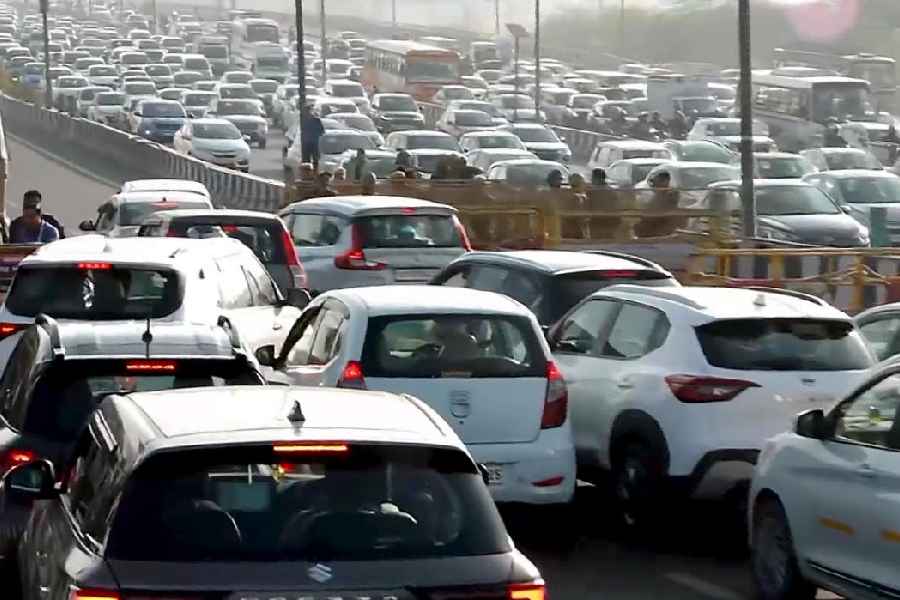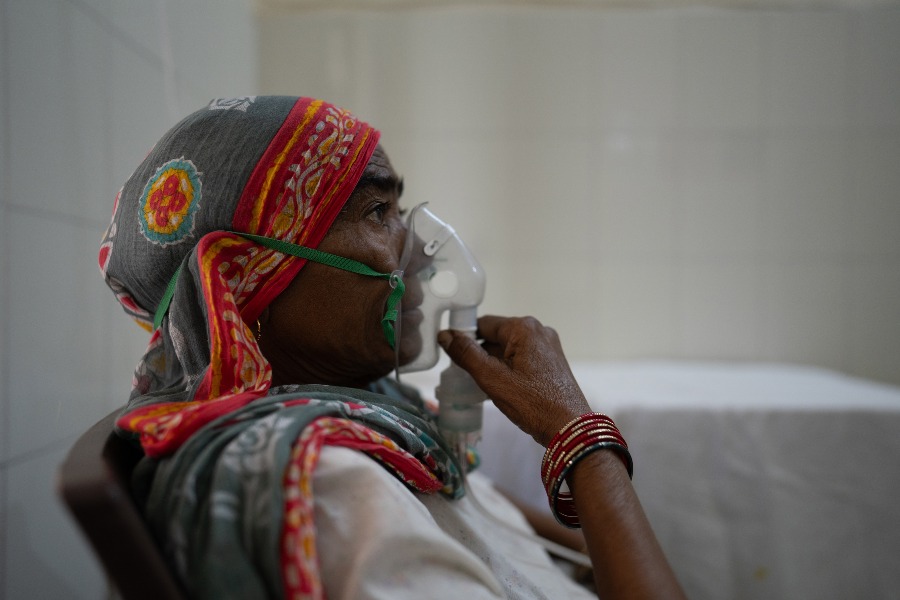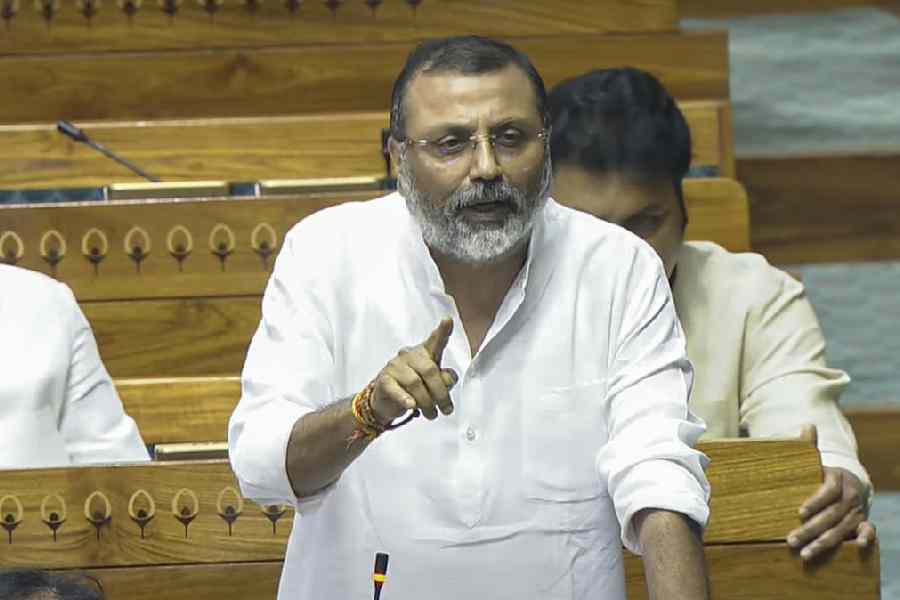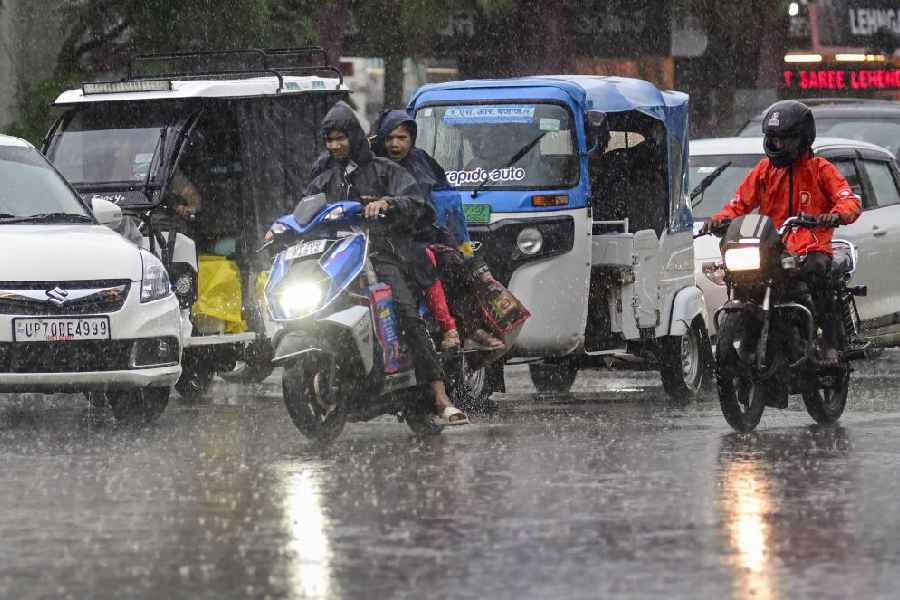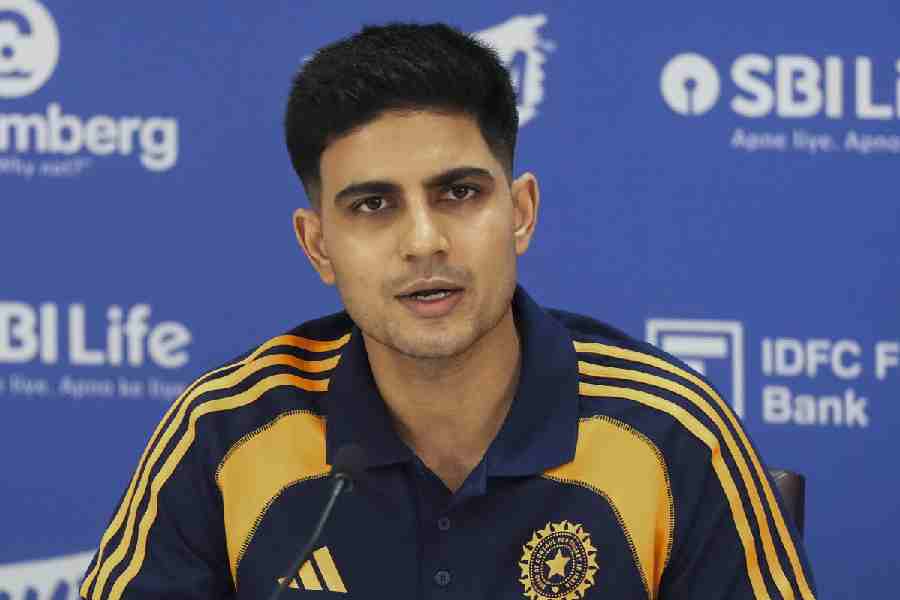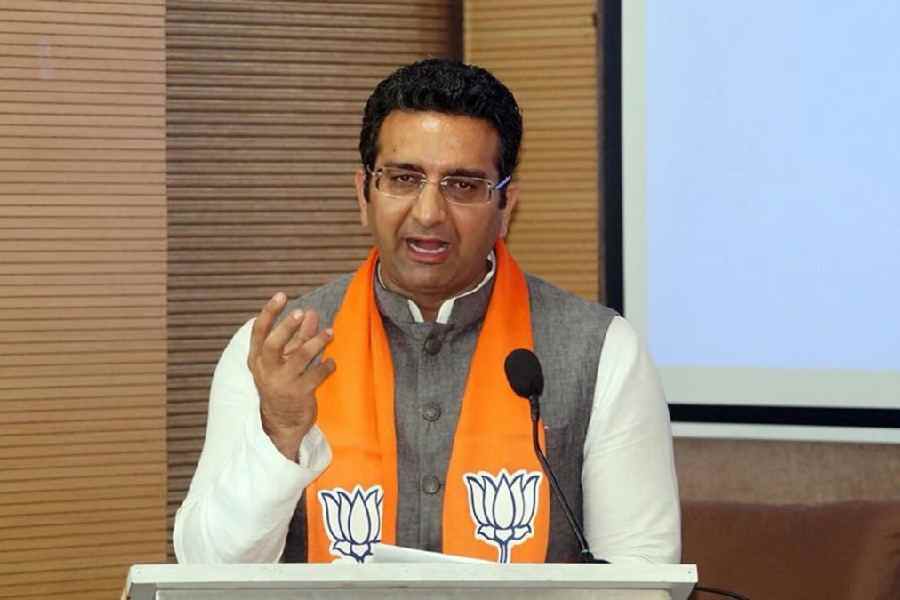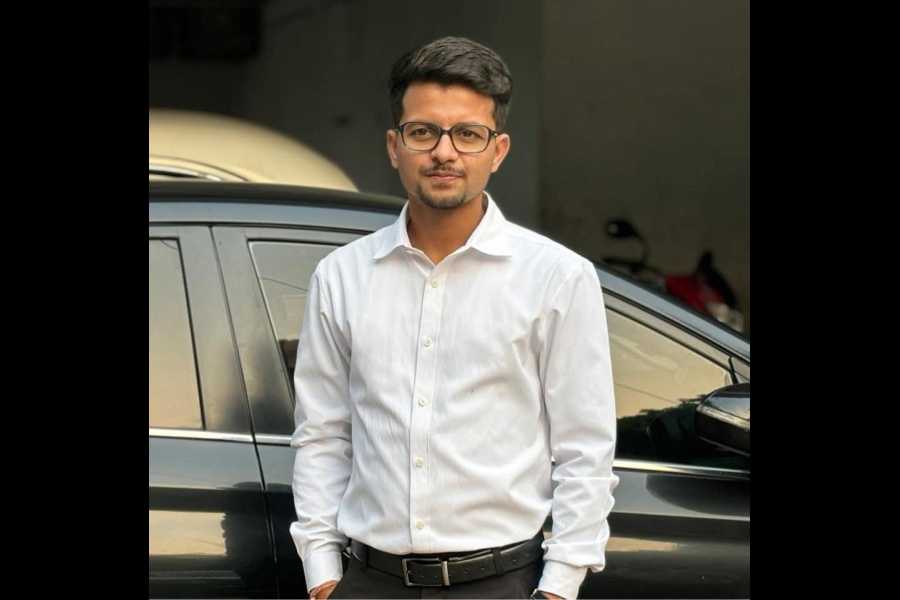 |
| Brinda Karat entering Parliament on Monday. Picture by Rajesh Kumar |
New Delhi, July 21: Brinda Karat will have a lot of “explaining” to do when the politburo meets again.
No other member of the CPM’s highest policy-making body was in attendance when the trust motion debate kicked off in the Lok Sabha, making Brinda the sole reliable source of information within the inner circle of the party.
If the politburo members want a blow-by-blow account, they will have to depend on the articulate Brinda’s skills, given the party’s misgivings about the “bourgeoisie” media.
Brinda watched the Lok Sabha proceedings from the galleries reserved for Rajya Sabha members — she represents Bengal in the Upper House.
Her presence on the sidelines served to bring to the fore an irony that has been plaguing the “people’s party” for some time: the CPM’s core group of decision-makers does not have any member from the Lok Sabha — the highest platform in the country that represents the people.
The lone face of Brinda was a testimony to the fact that the party was being run by its bureaucracy, not those elected by the people. Out of the 15 members in the politburo, only five are directly elected by the people — chief ministers Buddhadeb Bhattacharjee, V.S. Achuthanandan and Manik Sarkar, Bengal industries minister Nirupam Sen and Kerala home minister Kodiyeri Balakrishnan.
Parliamentary representation in the politburo begins with Brinda and ends with Sitaram Yechury, both Upper House members and, hence, not directly elected by the people. Yechury was in the central hall today but he could not be spotted in the galleries, possibly because he was busy with a rally.
As is the party’s tradition, the key members of the CPM, including the general secretaries, have never been members of the Lok Sabha.
Possible exceptions were A.K. Gopalan (AKG), a five-term Lok Sabha MP till his death on March 22, 1977, and another politburo member, E. Balanandan, a Lok Sabha MP from 1980 to 1984. Balanandan is now a special invitee to the central committee.
While CPM general secretary Prakash Karat watched today’s debate on television, besides meeting Chandrababu Naidu and Ajit Singh in his office, Yechury addressed a rally of the party’s students and youth wing, where he spoke against the nuclear deal.
Prakash Karat’s predecessor Harkishen Singh Surjeet was in the Rajya Sabha from 1978 to 1984. P. Sundaryya, the first general secretary of the CPM whose picture adorns the current boss’s room was a Rajya Sabha member of the undivided party from 1952 to 1955.
Of the present politburo members, S. Ramachandran Pillai and Mohammad Amin were in the Rajya Sabha. While Pillai was a member of the Upper House from 1991 to 1997, Amin served from 1988 to 1994.
The key players of the other Left parties, too, were away from the Lok Sabha action. CPI general secretary A.B. Bardhan doesn’t belong to either House. Its national secretary D. Raja, who was a member of the UPA-Left committee on the nuclear-deal, is in the Rajya Sabha.
So is Forward Bloc general secretary Debabrata Biswas. While RSP general secretary T.J. Chandrachoodan doesn’t belong to any House, Abani Roy, another prominent face of the party who was in the UPA-Left coordination committee, is in the Rajya Sabha.


